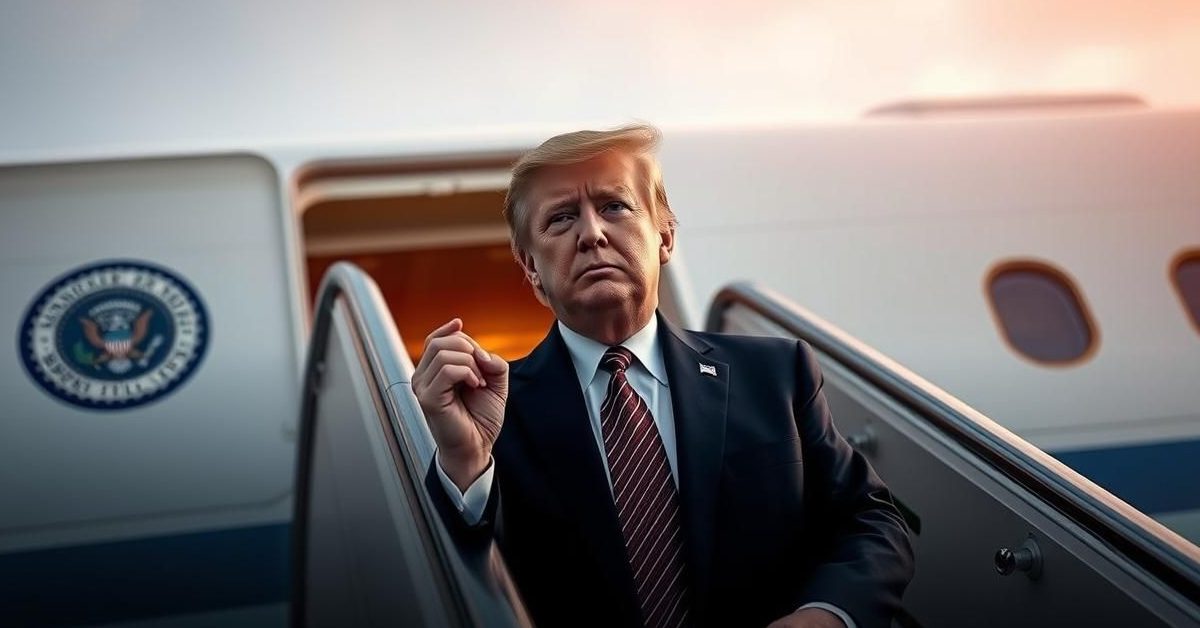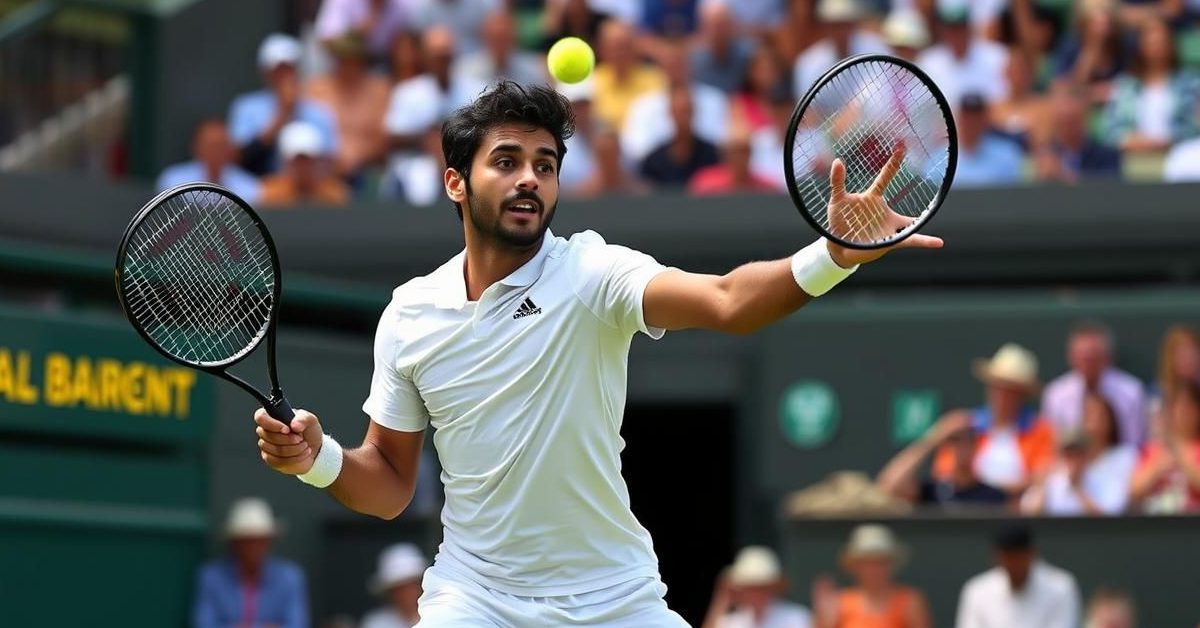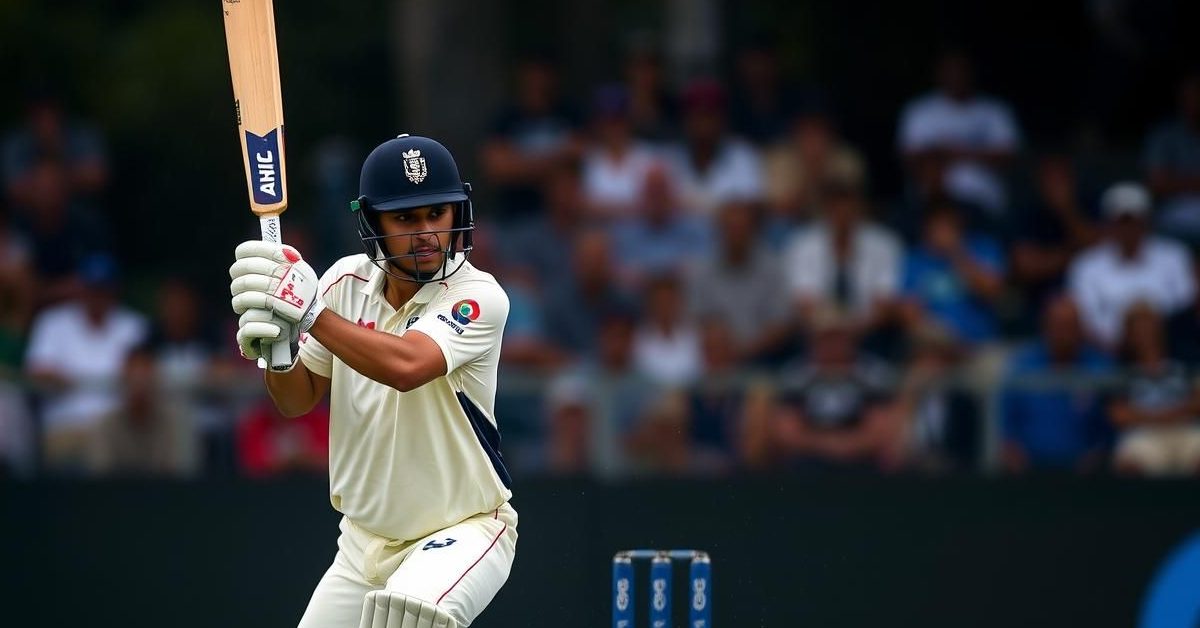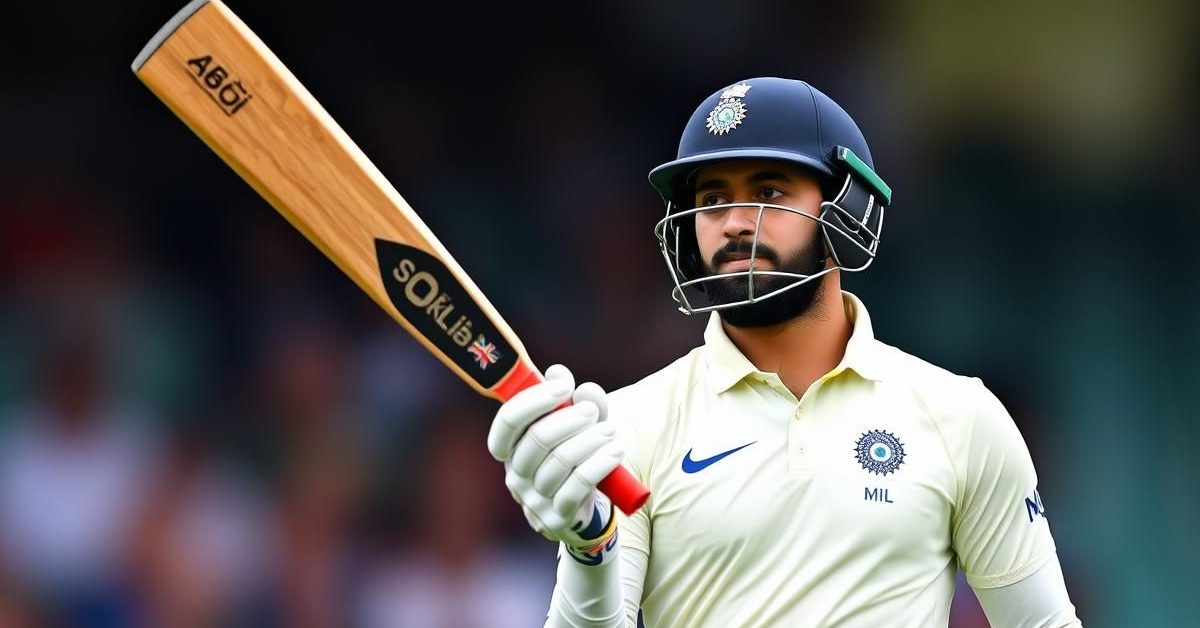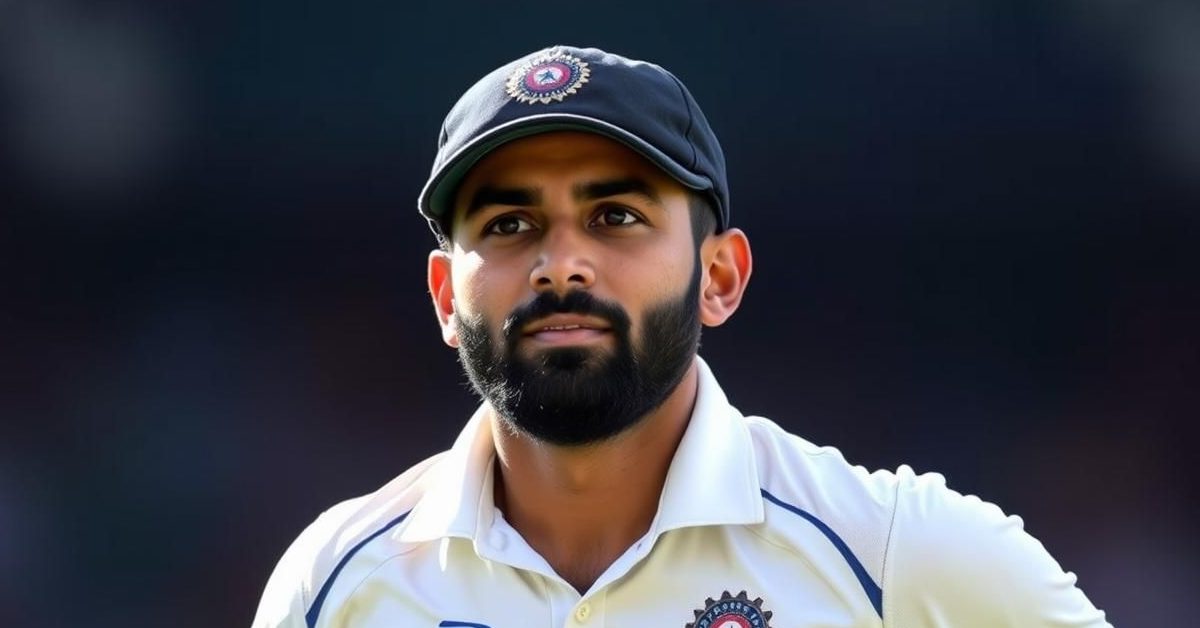A Monumental Shift on the Horizon: Trump Hails Nearing US-India Trade Accord
The global economic landscape is poised for a significant realignment, as former U.S. President Donald Trump recently signaled a breakthrough in the long-anticipated trade negotiations with India. Speaking from the iconic Air Force One, a tangible sense of optimism permeated his remarks, highlighting that a “different kind of deal” was on the cusp of finalization—one promising “much less tariffs” for American enterprises.
Unlocking New Markets: The President’s Vision for US Businesses
President Trump articulated a clear objective: to level the playing field and ensure American companies can “go in and compete” within the vast Indian market. Historically, India has maintained a more guarded approach to international trade, a stance the former President consistently challenged. His assertion that India is now prepared to open its doors represents a pivotal moment, aiming to dismantle existing trade barriers and foster greater economic integration between the two democratic giants. This potential agreement seeks to create an environment where U.S. businesses can thrive with unprecedented access, a stark contrast to previous restrictions.
High-Stakes Diplomacy: The Looming Tariff Deadline
The urgency surrounding these negotiations was further underscored by US Treasury Secretary Scott Bessent, who just hours before President Trump’s statement, confirmed that Washington and New Delhi were “very close” to a deal. This breakthrough aims not only to reduce existing levies on American imports but crucially, to avert a dramatic escalation of tariffs. Indian officials had extended their stay in Washington D.C. for intensive discussions, racing against a critical July 9 deadline. Failure to reach an accord by this date could trigger a substantial rise in India’s “reciprocal” tariff rate, potentially jumping from the current 10 percent to a challenging 27 percent on certain goods.
India’s Stance: Navigating Intricate Bilateral Negotiations
From India’s perspective, the negotiations are equally critical and complex. India’s External Affairs Minister, S. Jaishankar, during an event in New York, described the ongoing discussions as a “very intricate trade negotiation.” While expressing his profound hope for a successful resolution, Minister Jaishankar acknowledged the inherent unpredictability of such high-level diplomatic efforts, emphasizing the bilateral nature of the discussions. The extended engagement in Washington highlights India’s commitment to securing a beneficial outcome, one that balances its economic interests with the desire for a stronger, more fluid trade relationship with the United States.
This impending agreement represents more than just a reduction in tariffs; it symbolizes a deeper economic partnership, potentially reshaping global supply chains and fostering a new era of collaboration between two of the world’s largest economies. As the July 9 deadline approaches, all eyes remain fixed on Washington and New Delhi, anticipating the formal announcement of an accord that promises to redefine their bilateral trade relations.
